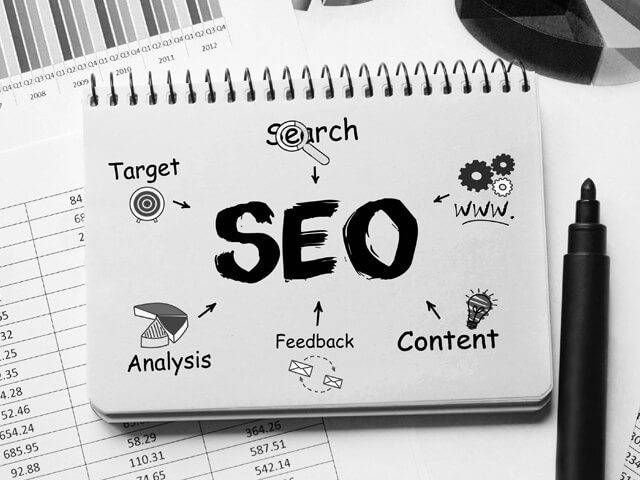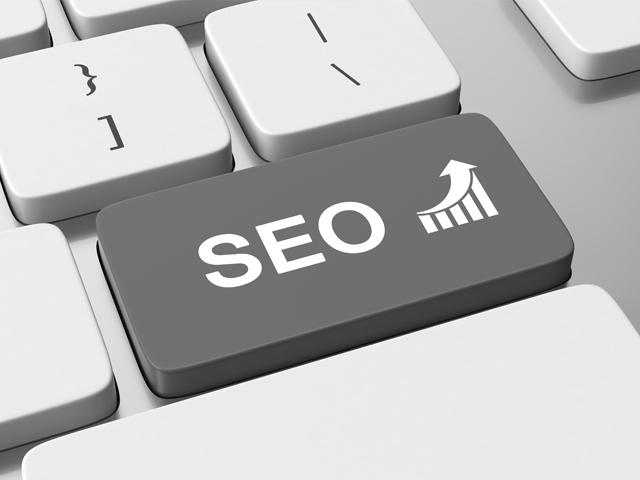SEO Tools vs. Manual Optimization

In the world of digital marketing, search engine optimization (SEO) is a crucial factor that determines the success of websites and online businesses. Whether you run a personal blog, an e-commerce store, or a business website, optimizing for search engines can significantly impact your online visibility. But the question remains: Should you rely on SEO tools, or is manual optimization the better approach?
Both SEO tools and manual optimization have their advantages and limitations. This blog post will explore the differences, benefits, and drawbacks of each approach to help you determine the best strategy for your website.
Understanding SEO Tools
SEO tools are software applications designed to automate and streamline various aspects of search engine optimization. These tools use algorithms, data analytics, and AI-driven insights to help website owners optimize their content and technical SEO efficiently.
Benefits of SEO Tools
- Time-Saving – One of the primary advantages of SEO tools is their ability to analyze large amounts of data quickly. Instead of manually checking keyword rankings, backlinks, and website performance, SEO tools generate reports and insights within minutes.
- Comprehensive Data Analysis – Tools like SEMrush, Ahrefs, and Moz provide in-depth analytics on competitor strategies, keyword difficulty, domain authority, and search trends. This information helps marketers make informed decisions.
- Automation of Tasks – Many SEO tools automate repetitive tasks such as keyword tracking, backlink monitoring, and on-page SEO audits. This reduces manual effort and allows marketers to focus on strategy and content creation.
- Keyword Research & Optimization – Finding the right keywords is essential for ranking high on search engines. SEO tools suggest high-volume, low-competition keywords and provide insights on long-tail variations for better targeting.
- Technical SEO Audits – Some tools scan websites for technical issues such as broken links, duplicate content, slow loading speed, and mobile-friendliness. Fixing these errors improves website ranking and user experience.
- Group buy SEO tool provider – For those looking to access premium SEO tools at a lower cost, group buy SEO tool providers offer a cost-effective solution. These services allow users to share subscriptions to high-end SEO tools, making them more affordable for individuals and small businesses.
Drawbacks of SEO Tools
- High Cost – Many premium SEO tools require monthly or annual subscriptions, which can be expensive for small businesses and individual website owners.
- Limited Human Judgment – SEO tools rely on algorithms and predefined rules, which may not always interpret user intent accurately. They provide suggestions based on data, but human expertise is still needed for final decisions.
- Risk of Over-Reliance – Relying too much on SEO tools can lead to generic optimization strategies. Over-optimization based on automated suggestions may not always align with Google’s ever-evolving algorithms.

Understanding Manual Optimization
Manual optimization involves making SEO improvements without the use of automated tools. This approach requires hands-on research, critical thinking, and a deep understanding of search engine algorithms.
Benefits of Manual Optimization
- Personalized Strategy – Unlike SEO tools that generate generalized reports, manual optimization allows you to tailor strategies based on your specific industry, target audience, and business goals.
- Human Insight and Creativity – SEO is not just about keywords and backlinks; it also involves understanding user intent and creating high-quality content that engages readers. Human analysis ensures a better connection with the audience.
- Cost-Effective – If you have the knowledge and expertise, manual SEO can be done with little to no financial investment. This is beneficial for startups and small businesses with limited budgets.
- Adapting to Algorithm Changes – Search engines frequently update their algorithms, and automated tools may take time to adjust. Manual SEO allows for real-time adaptability and customized adjustments based on changes in ranking factors.
Drawbacks of Manual Optimization
- Time-Consuming – Manual SEO requires extensive research, content creation, backlink building, and technical optimization. This can be time-intensive, especially for large websites.
- Limited Data Processing – Unlike SEO tools that analyze vast amounts of data in minutes, manual analysis requires more effort and may not be as comprehensive.
- Higher Learning Curve – Understanding SEO principles, search engine algorithms, and best practices takes time and continuous learning. Those without prior knowledge may struggle to implement effective strategies.
Which One Works Best?
The effectiveness of SEO tools versus manual optimization depends on several factors, including your budget, experience level, and business goals. Instead of choosing one over the other, the best approach is often a combination of both.
Best Approach: Combining SEO Tools & Manual Optimization
- Use SEO Tools for Data Analysis – Leverage tools for keyword research, competitor analysis, and website audits to gain valuable insights. This saves time and provides a solid foundation for decision-making.
- Apply Human Judgment for Content Optimization – While SEO tools suggest keywords and optimization techniques, manually reviewing content ensures it is engaging, valuable, and aligned with user intent.
- Automate Repetitive Tasks, But Maintain Oversight – Use tools for tracking keyword rankings, backlinks, and site performance, but always review the data before making strategic changes.
- Stay Updated with SEO Trends – SEO tools can help monitor algorithm updates, but manual research and adaptation ensure that your strategies remain effective and compliant with search engine guidelines.
- Monitor and Adjust Strategies Regularly – A hybrid approach allows for flexibility. By combining data-driven insights from SEO tools with manual expertise, you can continuously refine and improve your SEO strategy.
Conclusion
SEO tools and manual optimization each have their strengths and weaknesses. While tools offer automation, efficiency, and data-driven insights, manual optimization provides personalization, creativity, and adaptability. The most effective SEO strategy is to use both approaches together—leveraging tools for technical and analytical tasks while applying human expertise for content creation, strategy, and decision-making.
By balancing automation with manual optimization, you can achieve sustainable and long-term SEO success for your website. Whether you’re a business owner, a digital marketer, or a blogger, combining both approaches will help you maximize your online presence and improve your search engine rankings.


 How to Create a Successful Financial Freedom Plan
How to Create a Successful Financial Freedom Plan  How to Use Social Media for Brand Building
How to Use Social Media for Brand Building  How Interest Rates Affect Home Prices
How Interest Rates Affect Home Prices  Pets Analysis Online Ecommerce Store
Pets Analysis Online Ecommerce Store  Medical Alert System Costs
Medical Alert System Costs  Key Trends in the Private Label Industry
Key Trends in the Private Label Industry